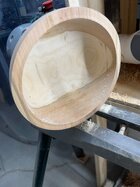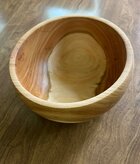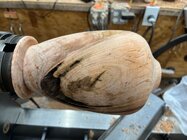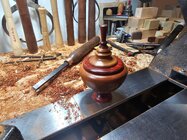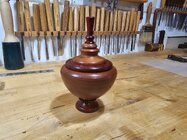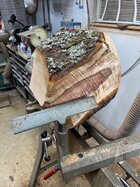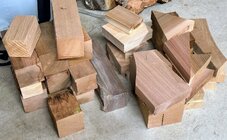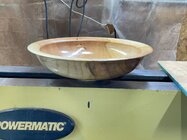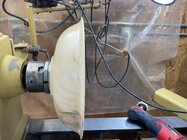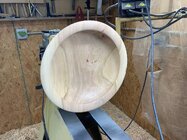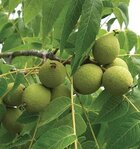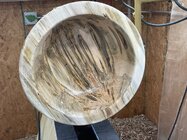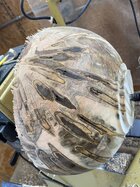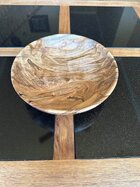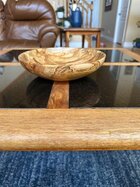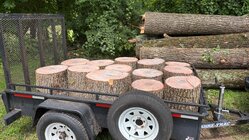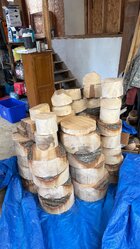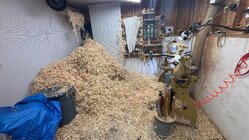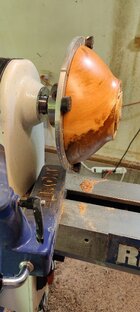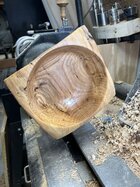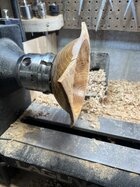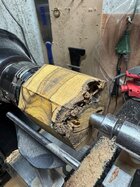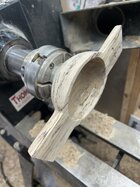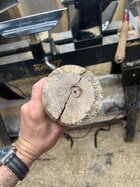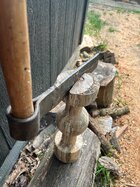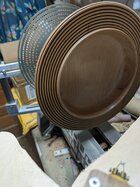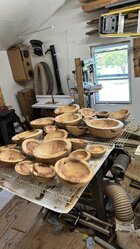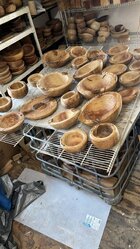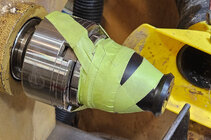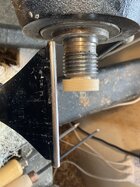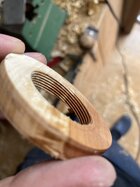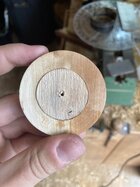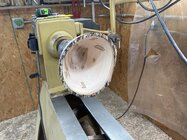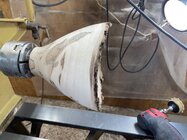Question regarding Natural Edges with bark - are there better species of wood that make better natural edge items?
Oak vs Maple vs Ash etc.......
The basic rules that I have had the most success are
1. live healthy wood.
2. Cut the tree when the sap is not running for my location that means late fall to about the end of February.
3. Completely turn the piece to final size before any drying can happen and you may have to wet it with clean water if you work to slow.
4. Turn as thin as possible which will allow the wood to dry rapidly and not affect the natural bond between the wood and the bark.
There are things that I have tried but do not bother with anymore:
1. CA to strengthen the bark.
2. Patching the bark or trying to glue a piece of bark back in place.
Species that I have found to work best or to avoid"
1. Black cherry if turned very thin as in goblets

2. Red oak if sound without any checking around the pith and if turned thin enough the pith can be included.
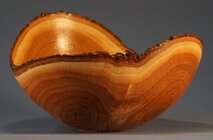
3. Walnut with rules similar to the red oak and note that the sap wood has a greater chance of maintaining it's creamy color.
4. Ash the bark seems to have a tendency to crumble.
5. Paper birch the bark usually comes loose because the wood shrinks much more than the bark but I have had success with thin walled goblets at between 1/16 & 1/32" wall thickness or 1.6mm to 0.79mm.
The bottom line is experiment with with what is available in your location and hone your turning skills to eliminate tear out because the thinner you turn the wood the more it will distort which makes the sanding that much more difficult.
Apparently, I also showed him the Bosch "following" system. Phones.

